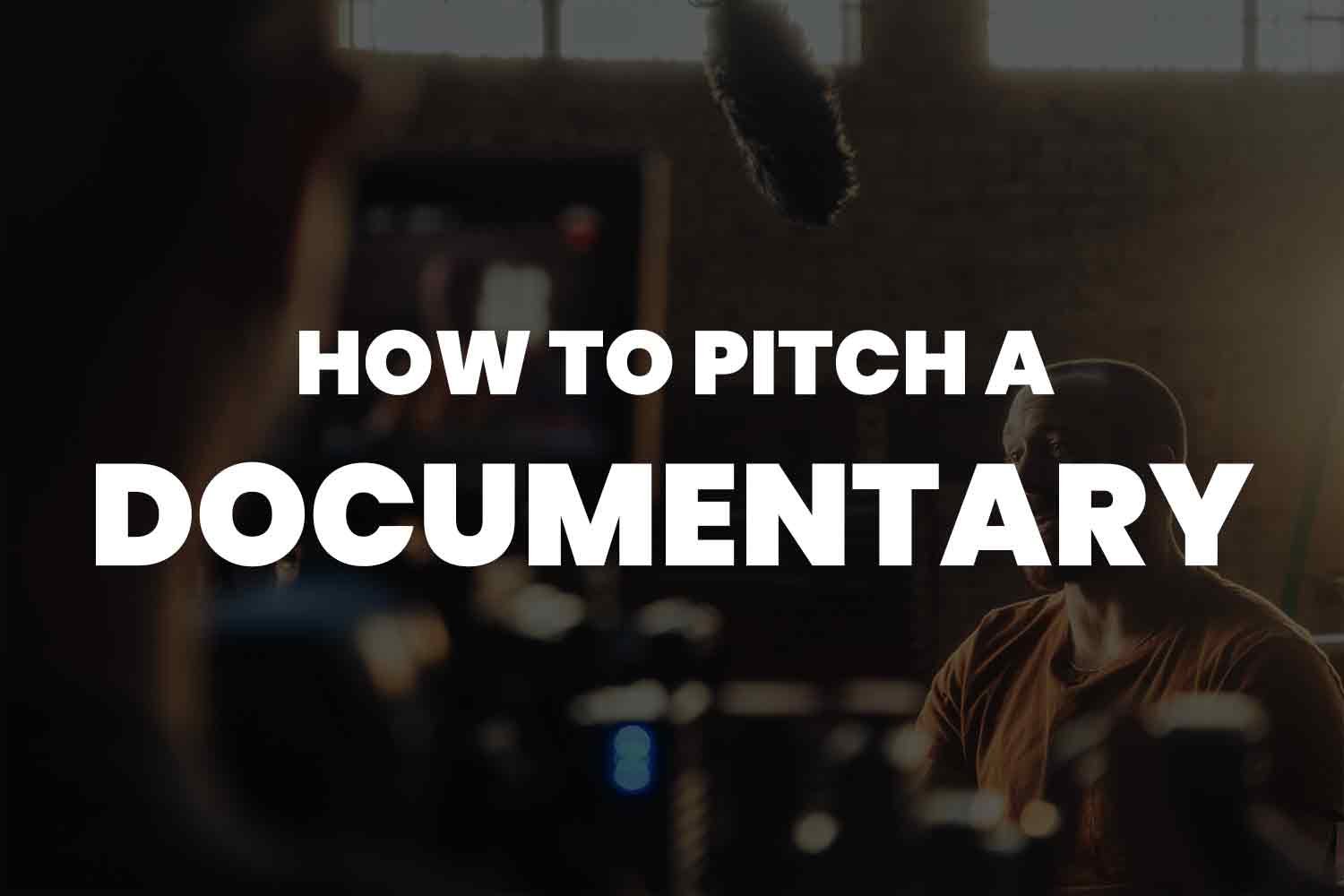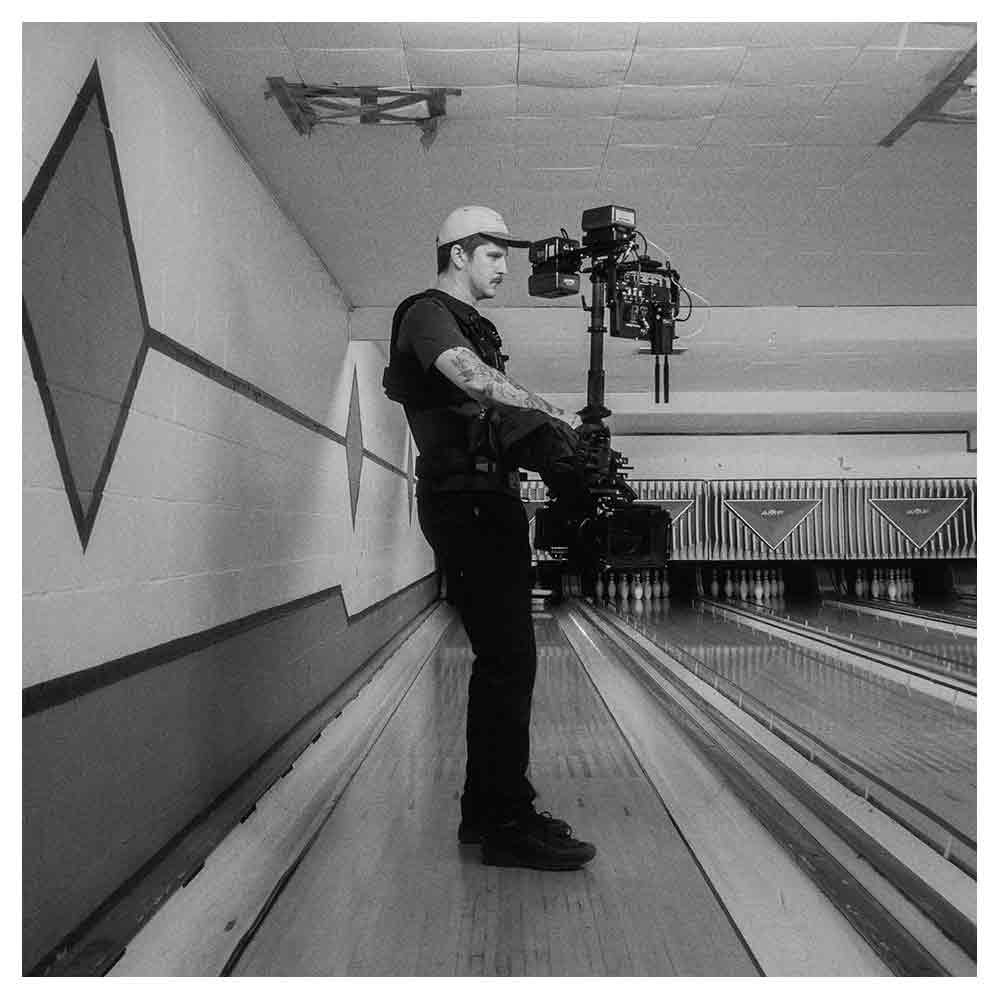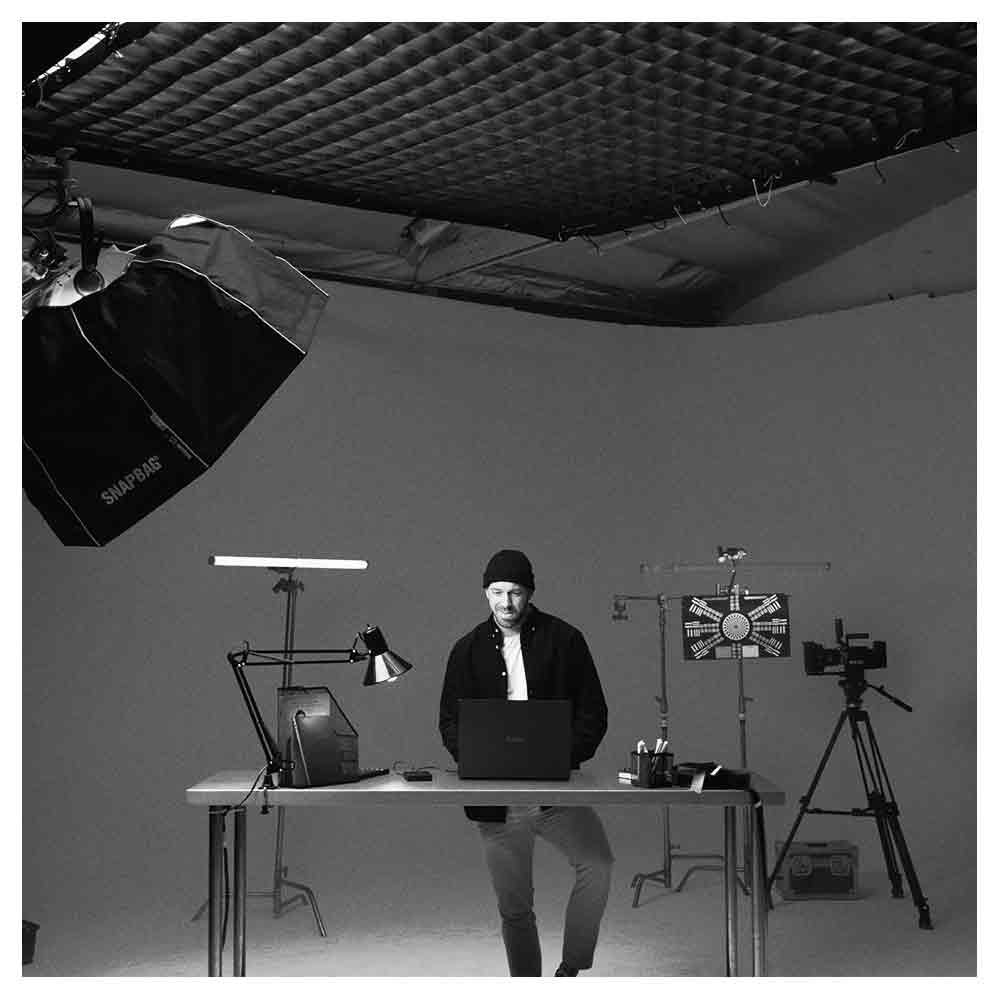How to Pitch a Documentary: Unveiling the Magic Behind a Successful Pitch
When you have a captivating story, it can feel like holding a million dollars in your hands. But how do you turn that story into a documentary film and convince others to invest?
This blog post will guide you through crafting a compelling pitch to turn your documentary dreams into reality.
Understanding the Documentary Pitch
Before we dive into the details of how to pitch a documentary, it's essential to understand what a pitch is.
At its core, a pitch is your sales presentation, and it's your chance to convince production companies, producers, investors, or film festivals that your documentary film is worth their time and money.
The key to a successful pitch is to communicate the essence of your film concisely and compellingly. This is where the concept of the "elevator pitch" comes in. Imagine you're in an elevator with a potential investor.
You've only got a minute or so to sell your idea. What would you say? That's your elevator pitch.
A great pitch includes several key components:
The Log Line: This is your film's concept condensed into one sentence. It should be catchy, intriguing, and indicative of your film's content and tone.
The Synopsis: This is a brief overview of your film's narrative. It should cover the main plot points and unique selling points, such as special access to the subject matter or famous cameos.
The Hook: This is what makes your documentary unique. Your film's aspect will grab attention, arouse curiosity, and ultimately compel people to want to see more.
The Power of Pitch Decks
A pitch deck is a visual presentation that you can create and use to enhance your verbal pitch. It's a tool that allows you to showcase your ideas visually engagingly, and it can be particularly effective when pitching documentary films.
A good pitch deck includes the following:
Log Line and Synopsis: Like in your verbal pitch, these elements provide a clear, concise overview of your film.
Visuals: This could include photographs, concept art, or even short video clips that give a sense of your film's visual style.
Market Analysis: Show that there's a demand for your movie. This might include audience demographics, box office success of similar films, or trends in the documentary genre.
Budget Breakdown: Provide a transparent overview of where the investment will go. This shows you've thought through the practicalities of producing your film.
Crafting a Compelling Treatment
A treatment is a written document that provides a detailed overview of your documentary. It's more in-depth than a pitch deck and allows you to delve into the specifics of your narrative, characters, world, and visual style.
Your treatment should include the following:
Detailed Synopsis: This is where you can fully flesh out your narrative arc.
Character Profiles: Who are the key players in your documentary? What makes them compelling?
Visual Style: Describe the aesthetic of your film. Will it be cinematic? Verite? Animated?
Distribution and Marketing Strategy: How will you get your movie in front of audiences? Will you aim for film festivals, seek a streaming service deal, or use a combination of strategies?
Projected Budget: A more detailed breakdown of your film's budget, including pre-production, production, and post-production costs.
The Pitch Meeting: Putting It All Together
When pitching your documentary, you'll need to bring together all the elements we've discussed.
Start with your elevator pitch, then use your pitch deck as a visual aid to engage your audience and get your story to life.
The treatment acts as a more detailed roadmap that can answer any follow-up questions or provide additional information after the meeting.
Remember, the key to a successful pitch is to make it as engaging and compelling as possible. You're not just selling your documentary idea; you're also selling yourself as a passionate and capable filmmaker.
Be sure to articulate why you're the right person to tell this story and why now is the right time for this documentary to be made.
Potential Pitfalls and How to Avoid Them
Pitching a documentary can be a nerve-wracking process. Here are a few common pitfalls and how to avoid them:
Overloading Information: Remember, less is often more. Refrain from including every little detail in your pitch. Focus on the most compelling aspects of your story and why they would interest the audience.
Forgetting the Audience: Always consider who you're pitching to. Different production companies and investors may have other interests and priorities.
Neglecting the Business Side: While your passion and creative vision are essential, remember to address the practicalities. Ensure you've done your homework on potential costs, distribution strategies, and why your film is a good financial investment.
Underestimating the Power of Presentation: How you present is just as important as what you present. Practice your pitch, use your pitch deck effectively, and ensure your treatment is professionally presented and error-free.
Post-Pitch: What Comes Next?
Once you've delivered your pitch, it's time for follow-up. If your pitch is successful, the following steps will likely involve negotiations, contracts, and entering the pre-production stage. Having an entertainment lawyer to help navigate these next steps is a good idea.
If your pitch isn't successful, don't be disheartened. Use it as a learning experience. Ask for feedback, refine your pitch, and try again.
Remember, many successful documentaries were initially turned down multiple times before they were finally greenlit.
Conclusion
Pitching a documentary is both an art and a science. It requires creativity, passion, and a solid understanding of the business side of filmmaking.
By crafting a compelling pitch, creating an engaging pitch deck, and writing a detailed treatment, you'll be well on making your documentary dream a reality.
Remember, every excellent documentary film starts with a great idea - and a great pitch.
Frequently Asked Questions About Documentary Pitches (FAQs)
What is a documentary pitch?
A documentary pitch is a presentation that you give to potential investors, production companies, or film festivals to convince them to support your documentary film.
It's your opportunity to sell your concept and demonstrate why your film is worth their investment.
What should a documentary pitch include?
A documentary pitch should include a logline (a one-sentence summary of your film), a synopsis (a brief overview of your film's narrative), a hook (what makes your film unique), and a discussion of your film's potential audience and marketability.
You might also include a budget breakdown and details about your production team.
How long should a documentary pitch be?
The length of your pitch can vary depending on the context. An elevator pitch, for instance, should be brief—roughly one to two minutes.
A more formal pitch meeting with a production company might last anywhere from 15 to 60 minutes.
What is a documentary film pitch deck?
A documentary film pitch deck is a visual presentation that complements your verbal pitch. It typically includes a combination of text and visuals that provide an overview of your film's concept, style, potential audience, and more.
What is a documentary treatment?
A documentary treatment is a written document that provides a more detailed overview of your film.
It includes a detailed synopsis, character profiles, a description of your film's visual style, and other important details.
What should I do if my pitch is not successful?
Don't be discouraged if your pitch is not initially successful. It's often a good idea to ask for feedback, refine your pitch based on that feedback, and try again.
Remember, many successful feature films were initially turned down multiple times before they were finally greenlit.
How can I make my documentary pitch stand out?
Making your pitch stand out often comes down to three key elements: a unique and compelling story, a clear understanding of your potential audience, and a passionate and confident presentation.
Can I pitch a documentary without a completed script?
Yes, in fact, most documentaries are pitched in the early stages of development, often before a script is fully completed.
The key to pitching ideas, is to have a clear vision for your film and to be able to communicate that vision effectively.
What are the common mistakes to avoid when pitching a documentary?
Common mistakes include overloading your pitch with too much information, failing to consider the interests and priorities of the person you're pitching your project to, neglecting the business side of your film (such as potential costs and distribution strategies), and underestimating the importance of presentation.
What happens after a successful documentary pitch?
After a successful pitch, you will likely enter into negotiations with your potential investors or production company.
This may involve drafting and signing contracts, refining your budget and production plan, and eventually moving into the pre-production stage.
It's often helpful to have an entertainment lawyer assist with this process.






























